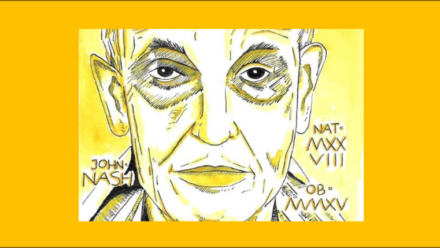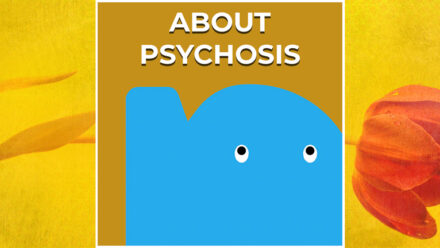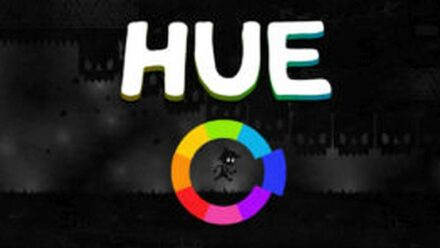
Opening the door. A long time ago, Rianne dreamt she was in a room. The door slammed shut behind her, and she became frightened, because she felt claustrophobic and trapped. But at the same time she had an epiphany; ‘I am allowed to open the door.’ And she did. She opened the door and a rush of space and calmness came through the door. This dream was in fact, a metaphor. About being admitted and not being allowed to go out. “Sometimes people aren’t even allowed to go home for the weekend to see their loved ones”.
I spent most of my youth in closed, psychiatric hospitals. Which aren’t actually called ‘closed’ hospitals, because if you ‘behave yourself’ you ‘earn’ certain privileges. I am consciously writing ‘behave yourself’ and ‘earn’ in inverted commas. Because I would like to look at this more critically. Someone is admitted to a ‘closed’ clinic, assuming it would protect someone because they
are a danger to themselves and/or others. For now, I will not take the ‘to others’ into consideration.
But I do want to write about self-harm and suicide risk
Because of this risk someone’s freedom will be taken from them. When I talk to people about what was the most hurtful about their admission, I often hear that ‘no freedom’ is experienced as very hurtful. Sometimes, people aren’t even allowed to go home for the weekend to be with their loved ones. This by the way, is also my personal experience. I found it extremely hurtful that my freedom was taken away from me. ‘My’ freedom, because every human being has the right to freedom. Do I also have the freedom to make decisions about my life when I am destructive towards my life and myself? Or does the care provider then get the freedom (or power) to make decisions about my life? I am not going to answer these questions, but I pose them to get you to think about them.
When someone’s freedom is taken from them and certain liberties can be earned, then being locked up is ‘the punishment’. The punishment for unacceptable behaviour (self-harm) or suicide attempts. As you can hear, there is a certain air of ‘right versus wrong’ about this. I would like to see past that layer of ‘right versus wrong’, because it keeps care providers and patients trapped in a ‘victim versus perpetrator’ dynamic and in patterns that sustain the trauma. Do we dare to be present, and free of being judged when we’re self-harming? Is this behaviour allowed to exist? Because the question isn’t ‘Why this behaviour?’ but the question is ‘What pain?’. What pain leads a person to desperately seek ways (survival strategies) to deal with it, or leads a person to look for a way out of feeling this pain…How can we realistically stand next to someone and show them the way on the basis of equality in these situations of extreme hurt?
First of all, every situation requires its own personal response
But I think the first step is to get out of the ‘good or bad area’. To acknowledge that in this particular moment the only solution is destructive behaviour. And of course there are many more solutions for us care providers, but we’re not talking about those now. Because if we come up with more, different solutions, we imply again that this situation is not right. Right now, in this moment, we need to feel things and be present. Just sit with someone in silence for a while…wow, there really is so much pain and sadness. Do you dare to open your heart and say, ‘You are allowed to be here, and everything that comes with you?’. Do you dare to connect to someone in that frame of mind? Or is there something locked inside you? Or do you think you should protect or save this person?
We all know what it feels like to get hurt in life. Situations in which someone hurt us so much, it broke our hearts, and we shut off something deep inside us. Shut off from certain people, situations, or feelings. I’ll give you an example; I was never fond of psychiatrists, I already had a preconceived idea of any person who is one. But this idea was based on my experiences in which they made decisions about my life, and decided what was best for me. It’s the experiences and memories of the pain of a big trauma that made me feel like that, being secluded, and being less than a psychiatrist; inequality. From these experiences I could always shut out psychiatrists or care providers, but by now I know that if I shut myself off, I actually don’t want to feel the pain of the trauma, or I want to protect myself from this pain. If I can exist with the pain of my trauma, I can reconsider my image of psychiatrists in that moment, with my healthy part.
Often, clients have already been traumatised by others so many times, they have closed their hearts to everyone
Because they think they can’t trust anyone. This strategy is logical by the way, because it protects a person from new pain and disappointments, but it also isolates the person, and traps them in the situation. Imagine we place ourselves above someone in this situation, and tell them what to do, and lock them up. Do you think they will trust other people, and trust you, the care provider? Do you think they want this kind of help at all?
The dream about the locked door means that I can choose to to open my heart again. Just like everyone can choose to open their heart if it were closed. Closed spaces trigger my trauma of being separated, and by learning how to exist with pain, sadness, and my traumas, I created space within myself to exist in the here and now, and to not get stuck in my past, but to open the door I thought was closed behind me.





Comments: